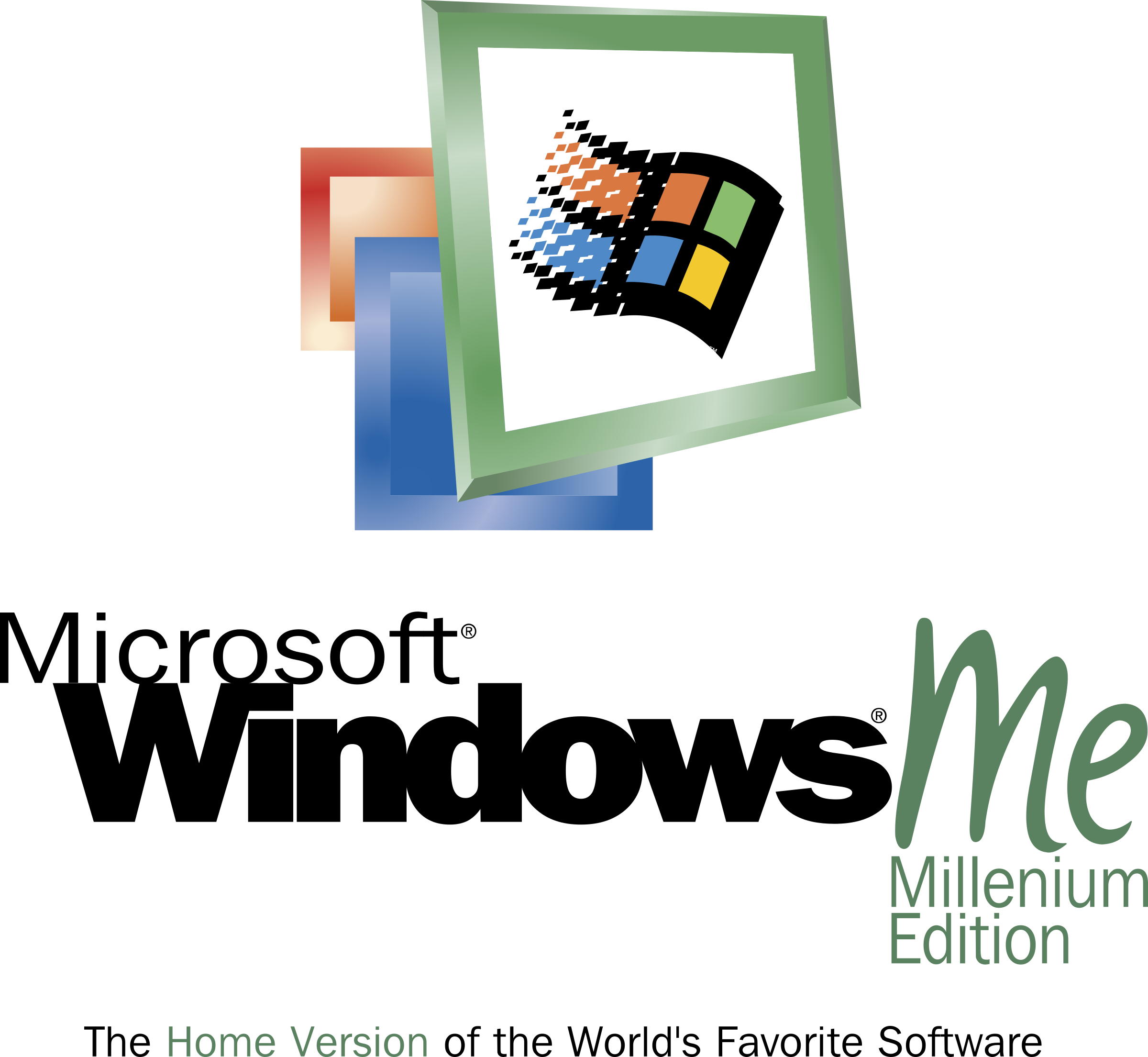In the vast world of operating systems, there have been both successes and failures. One such notable failure was Windows Millennium Edition, also known as Windows Me. Released by Microsoft in the year 2000, Windows Me aimed to provide home users with a more intuitive and stable computing experience. However, it ended up being one of the most criticized versions of Windows ever released. In this article, we will delve into the history, features, and the reasons behind the infamy of Windows Me.
Windows Me was introduced as the successor to Windows 98, which was a popular operating system at the time. Microsoft intended to bridge the gap between Windows 98 and the more robust Windows 2000, which was primarily designed for business use. Windows Me was positioned as a consumer-oriented operating system, aiming to provide enhanced multimedia capabilities and improved hardware support.
Windows Me brought several new features and enhancements to the table. Some of the notable additions included System Restore, Windows Movie Maker, Windows Media Player 7, and improved plug-and-play functionality. System Restore was a crucial feature that allowed users to revert their system settings to a previous state, which proved helpful in resolving software conflicts and system crashes.
Unfortunately, Windows Me’s promising features were overshadowed by its significant stability and reliability issues. Many users experienced frequent crashes, system freezes, and application compatibility problems. The operating system had a reputation for being unreliable and prone to the infamous “Blue Screen of Death.” These issues were largely attributed to the fact that Windows Me was built on the Windows 9x kernel, which had inherent limitations in terms of stability and security.
Another significant drawback of Windows Me was its driver and software compatibility. Many hardware manufacturers did not release updated drivers for Windows Me, which resulted in compatibility problems with various devices. Additionally, certain software applications designed for previous versions of Windows encountered issues when run on Windows Me. These compatibility challenges frustrated users and further contributed to the negative perception of the operating system.
Windows Me’s life in the market was relatively short-lived. It was succeeded by Windows XP, which was released just a year later. Windows XP addressed many of the stability and compatibility issues that plagued Windows Me, and it quickly became one of the most beloved versions of Windows. As a result, Windows Me faded into obscurity and is often remembered as a black sheep in the Windows family.
Windows Me was an ambitious attempt by Microsoft to cater to the needs of home users, but it fell short of expectations. Despite introducing some new features and improvements, the operating system suffered from significant stability, reliability, and compatibility issues. Its limited lifespan and subsequent overshadowing by Windows XP contributed to its negative reputation. Windows Me serves as a valuable lesson in the challenges that can arise when developing an operating system for a broad consumer market. Fortunately, Microsoft learned from this experience and went on to release more successful iterations of Windows in the years to come.
